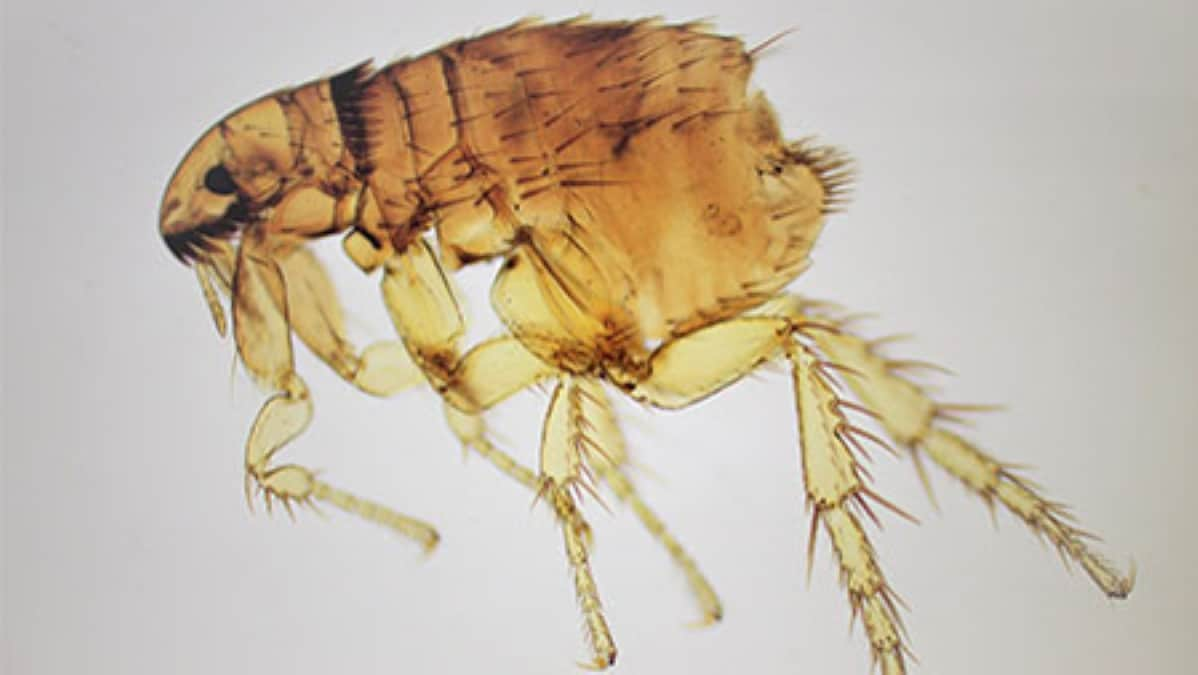Key points
People become infected with Bartonella henselae from the scratch of domestic or feral cats, particularly kittens. Cats can have fleas that carry B. henselae bacteria, which can be transmitted from a cat to a person during a scratch that is contaminated with flea feces. B. henselae infection (CSD) occurs most often in children under the age of 15.

General information
For information on transmission, symptoms, and prevention, visit: About Bartonella henselae.
Testing and diagnosis
- B. henselae infection may be diagnosed clinically in patients with typical signs and symptoms and a compatible exposure history.
- B. henselae is a fastidious, slow-growing bacterium. Cultures should be held for a minimum of 21 days. It is often helpful for providers to alert the microbiology laboratory that B. henselae is suspected to optimize conditions for growth.
- Serology can aid the diagnosis of B. henselae, although cross-reactivity with other Bartonella species may limit interpretation. Providers should be aware that serological tests do not reliably differentiate among Bartonella species and positive results may persist for years even after effective treatment.
- B. henselae DNA may be detected by molecular assay of lymph node aspirates or blood, though sensitivity of these methods is not optimal for blood samples. However, lymph node aspiration is not generally recommended except to relieve severe pain and swelling or in cases where the diagnosis is unclear.
- Patients with infectious endocarditis sometimes have damaged heart valves that need to be surgically replaced. Excised heart valve tissue can be tested by molecular assay to confirm infection with B. henselae.
- Patients with infectious endocarditis sometimes have damaged heart valves that need to be surgically replaced. Excised heart valve tissue can be tested by molecular assay to confirm infection with B. henselae.
Treatment
The use of antibiotics to shorten the course of CSD is debated. Most cases resolve without treatment, although some patients may develop complications from disseminated disease. Azithromycin has been shown to decrease lymph node volume more rapidly compared to no treatment. The suggested dose of azithromycin for CSD is:
- Adults and children > 45.5 kg: 500 mg on day 1, followed by 250 mg for 4 days
- Children ≤ 45.5 kg: 10 mg/kg on day 1, followed by 5 mg/kg for 4 days
